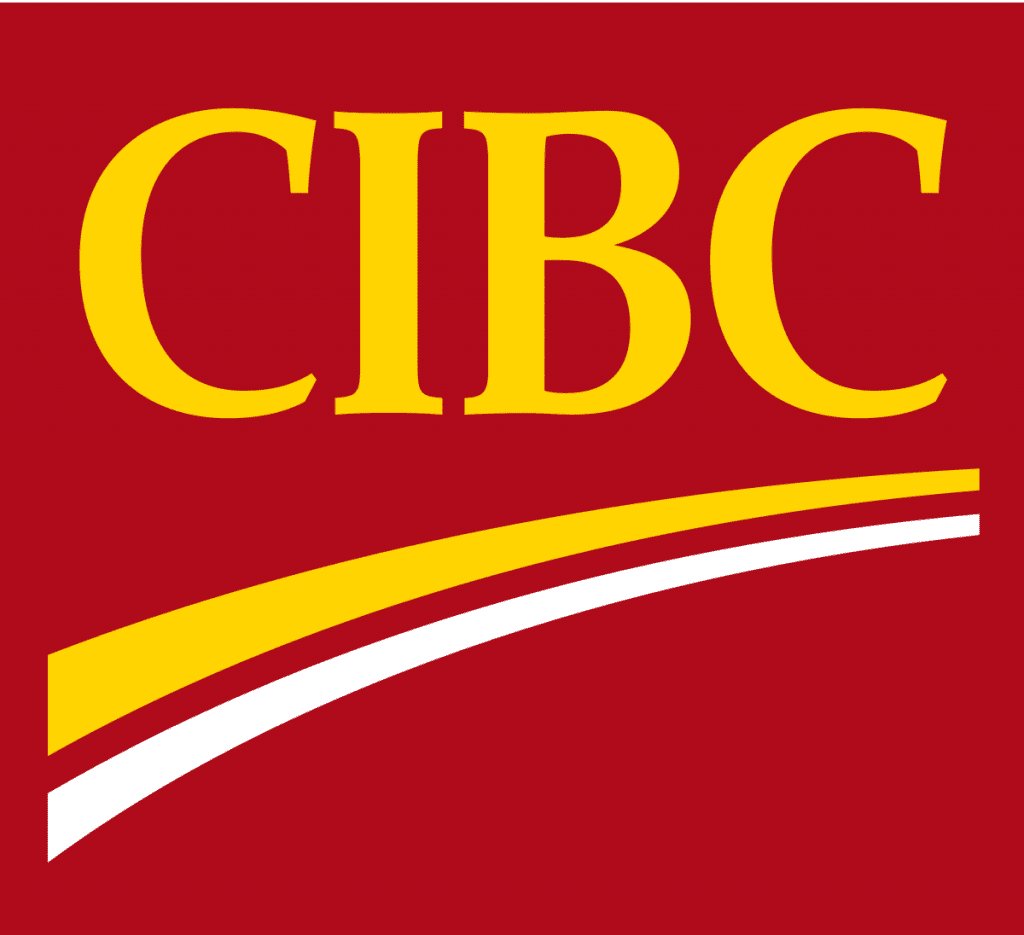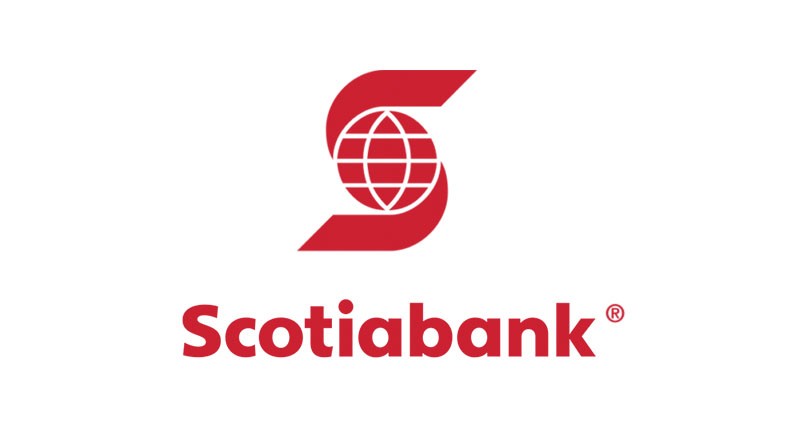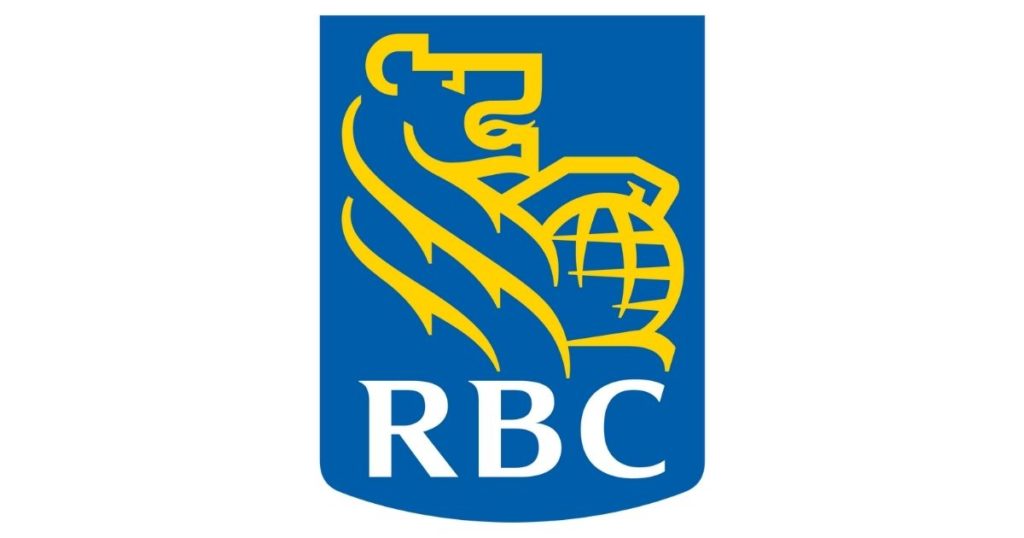If you live in Canada, it’s likely that you’ve used Interac e-Transfer to send or receive funds. This service is very prevalent in Canada and is employed by more than 250 Canadian financial institutions.
For various safety reasons, many banks set limits on how much money you can send and receive at once through Interac e-Transfer. So what are the Interac e-transfer limits in Canada?
The outgoing Interac e-Transfer limit in Canada differs by each financial institution. The limits generally range somewhere between $2,500 and $3,000. Each bank is different, and you can speak with yours to adjust the limit. Incoming transfers are often a $3,000 limit or above.
In this post, we’ll cover how these limits vary for some of the largest banks and credit unions in Canada and whether you have the option of increasing the limits your account may be subject to.
What is An Interac e-Transfer?
Interac e-Transfer is a quick, safe and convenient method to send money to anyone in Canada through digital banking.
You can send Interac e-Transfers simply by having the recipient’s phone number or email address. On the other end, they will have to answer a security question that you will have set up when you sent the transfer, or if they have auto-deposit set up, they will get the funds directly into their account.
Interact e-Transfers are sent nearly instantly, but it can take up to 30 minutes depending on your bank or credit union.
In short, Interac e-Transfer is a quick and safe way to move money around in Canada between friends and family.
Interac e-Transfer Limits
Interac e-Transfers are secure, but they do have limits on how much money you can send or receive at once.
These limits are not set by Interac but by individual financial institutions based on their risk tolerance and other factors. Therefore, Interac e-Transfer limits are slightly different for each bank or credit union in Canada.
That’s not to say that they are not all in the same ballpark. The outgoing limits for e-Transfers range between $2,500 and $3,000, and incoming transfers are usually $3,000 or above.
Most banks will have cumulative limits on the number of transfers you can send or receive. For instance, even if your per-transfer limit is $3,000, you cannot send ten individual transfers of this amount.
Nearly all Canadian banks have limits in place on how much money you can cumulatively send within a 24 hour, 7-day or 30-day period.
Want specifics based on your bank? Here is a breakdown of current e-Transfer limits.
Interac e-Transfer Limits by Bank or Credit Union
Here are the e-transfer limits for some of the most popular banks in Canada.
TD e-Transfer Limits

Per Transfer: $3,000
Every 24 hours: $3,000
7 days: $10,000
30 days: $20,000
CIBC e-Transfer Limits

Every 24 hours: $3,000
7 days: $10,000
30 days: $30,000
BMO e-Transfer Limits

Every 24 hours: $2,500 or $3,000 (depends on your account limit)
7 days: $10,000
30 days: $20,000
Scotiabank e-Transfer Limits

Scotiabank’s e-transfer limits are subject to each account holder and their account limits. This means that if your debit card has a daily spending limit of $2,000, this will apply to your e-transfers.
You can check your e-transfer limits on your Scotiabank online banking.
RBC e-Transfer Limits

Much like Scotiabank, RBC’s e-transfer limits are subject to client card entitlements. For instance, if your debit card has a daily spending limit of $1,000, this will also apply to your e-transfers.
You can check and temporarily change your e-transfers limits on your RBC online banking.
Vancity e-Transfer Limits

Vancity has different limits for sending and receiving e-transfers.
Sending e-transfers:
Maximum per transfer sending limit: $3,000
Every 24 hours: $10,000
7 days: $10,000
30 days: $20,000
Receiving e-transfers:
Limit per incoming transfer: $25,000*
Vancity does not have cumulative limits for incoming transfers.
In most cases, the only way someone can send an Interac e-transfer of this amount is if they have special authorization from their bank or credit union. Personally, though, I would recommend using wire transfers or draft cheques for transfers this large.
Simplii Financial e-Transfer Limits

Every 24 hours: $3,000
7 days: $10,000
30 days: $30,000
EQ Bank e-Transfer Limits
Every 24 hours: $3,000
7 days: $10,000
30 days: $20,000
Tangerine e-Transfer Limits

Every 24 hours: $3,000
7 days: $10,000
30 days: $20,000
Motive Financial e-Transfer Limits

Per trasfer: $3,000
7 days: $10,000
30 days: $20,000
How Do I Increase My Interac E-Transfer Limit?
Beyond providing a secure and reliable way of transferring funds, Interac does not have any say on transfer limits or fees. Therefore, any changes to your limits or inquiries regarding Interac e-Transfers have to go through your bank.
Each bank has different policies in place for increasing e-transfer limits. If you’re looking to increase your limits, most banks will make exceptions where the limit is increased for a 24 or 48-hour time limit.
This can be helpful for one-time large transfers, and your limit will likely be restored after you have completed the transaction.
For instance, RBC allows its customers to temporarily change their limits directly on online banking without having to call them. For most other banks, you will have to call their customer care line or visit a local branch.
When you contact your bank, they will consider various factors, such as your credit card usage, account balances, general financial standing and/or your ongoing relationship with them.
In most cases, it will be possible to increase your limits either temporarily or permanently. Keep in mind that changing your Interac e-Transfer limit may require a waiting period before the new limit takes effect.
Additionally, some financial institutions may have restrictions on how frequently you can change your limit or may require you to contact them directly to make changes.
How to Receive Interac E-Transfer
There are two different ways you can receive an Interac e-transfer: through auto-deposit or manual deposit. Most of the 250 financial institutions in Canada offer the newly launched auto-deposit function, which saves you time and is equally secure.
If your bank does not offer the auto-deposit feature yet, or you choose not to use this function, you can manually accept each transfer you receive.
Manual deposit instructions
Once you get the transfer notification to your phone, you have 30 days to deposit the funds into your account.
You can do this by answering the security question that the sender set up when they sent the funds. In most cases, the sender will set a basic question that they know you would know the answer to, such as “What is my dog’s name?”.
If you get the answer wrong twice, consider reaching out to the sender to ask for clarification.
Autodeposit instructions
On the other hand, if you choose the auto-deposit feature, you can sign up using the steps below.
- Log into your online banking or mobile banking app.
- Look for the “Autodeposit” feature in the Interac e-Transfer section.
- Register your email address and link your account.
- Click “Complete Registration” in the confirmation email, and you’re all set up!
Is Interac e-Transfer safe?
Interac e-Transfer is safe and reliable. The participating bank or credit union uses this service to move the funds using established and secure banking procedures. Whether you send money or receive it through manual or auto-deposit, your funds are safe.
However, ensure that you look out for any unexpected e-transfer notifications, as they may actually be phishing attempts to access your banking information or identity details.
Don’t forget, Interac will not ask you to reveal any personal information to get access to your funds – all you have to do is log in to your online banking account.
If you are unsure about a notification you received, you can get in contact with your bank, which will be able to investigate the matter for you.
Conclusion
Interac e-transfer limits are dependent on your bank or credit union’s procedures. Whatever they are, you may be able to increase them permanently or temporarily by speaking with their representatives.
Interac e-transfer is a great way to send funds in Canada cheaply and securely. I have used their services extensively in the past, whether to pay someone back or just split the dinner bill after a night out with friends. I would recommend it to you.
If you liked the information on this post, check out how long an Interac e-transfer takes or how to cancel an e-transfer that you’ve sent.





